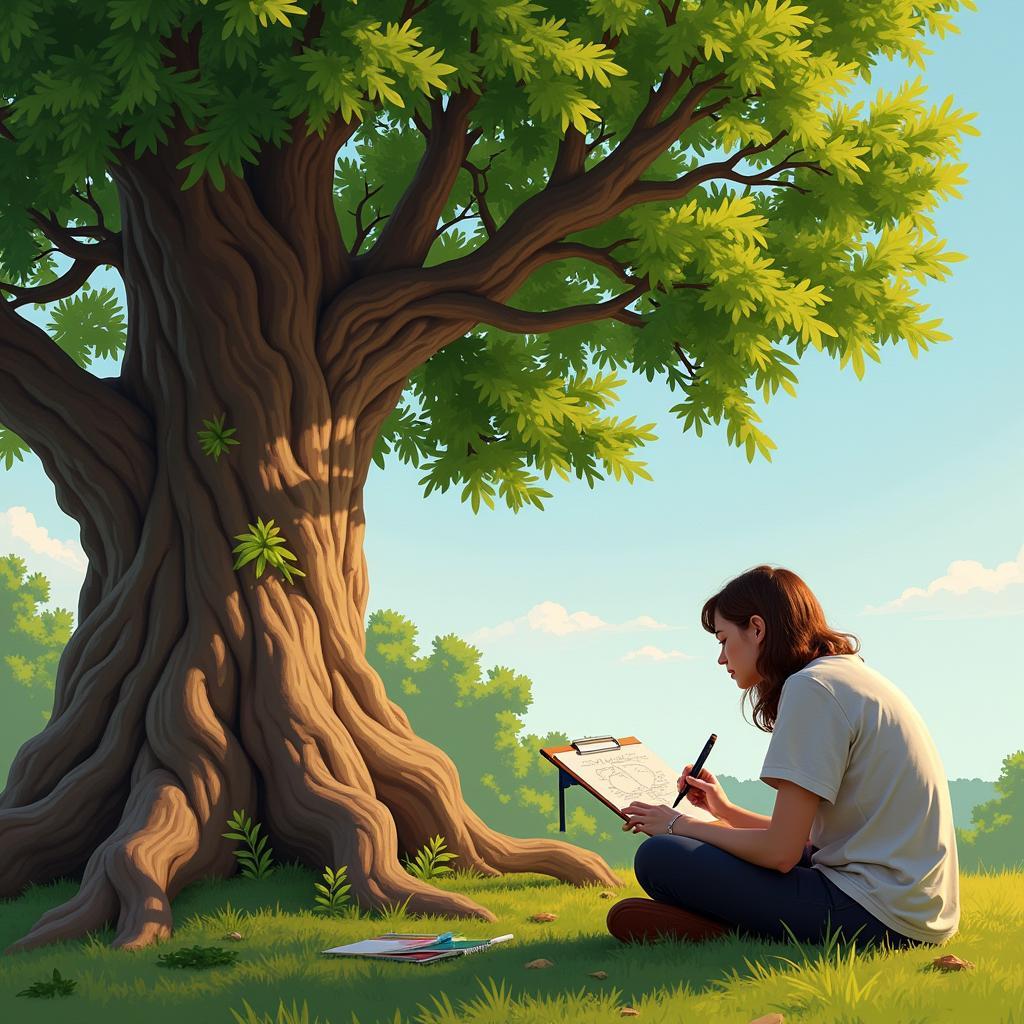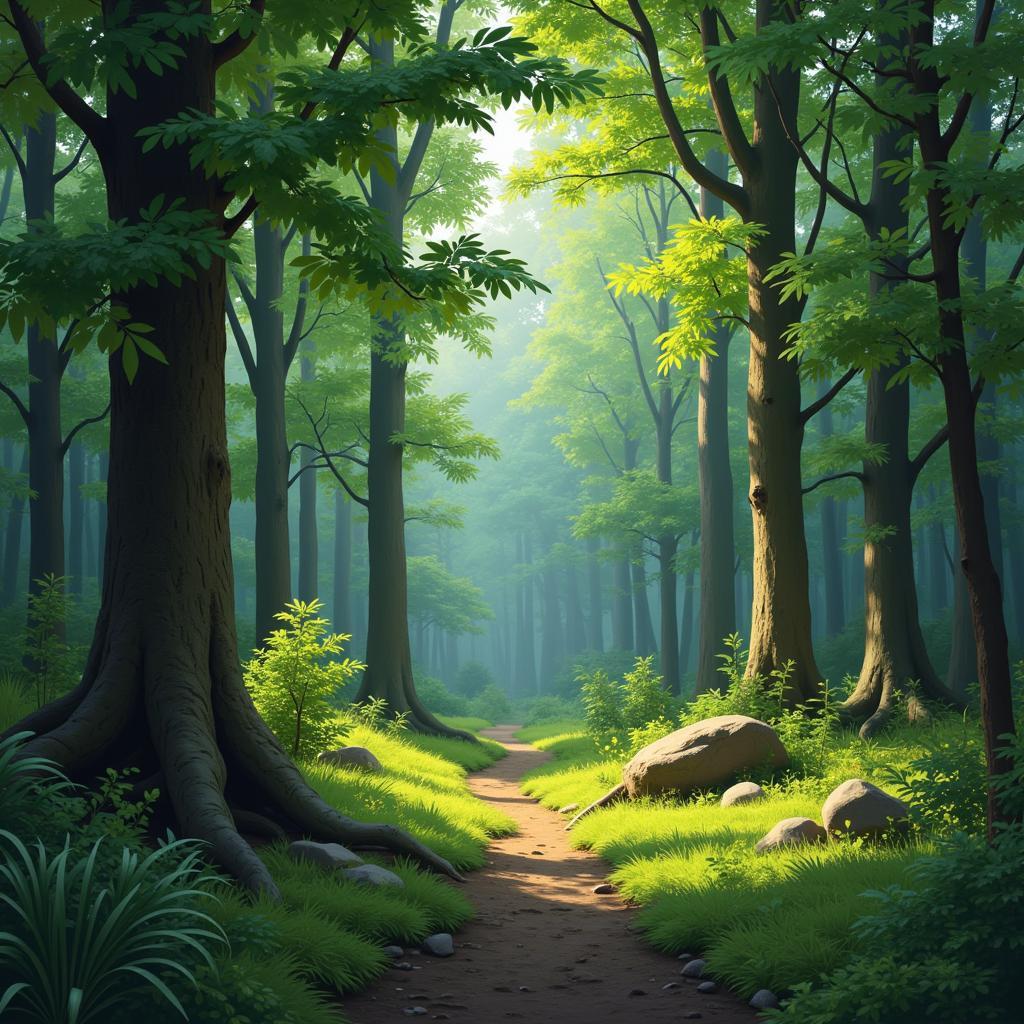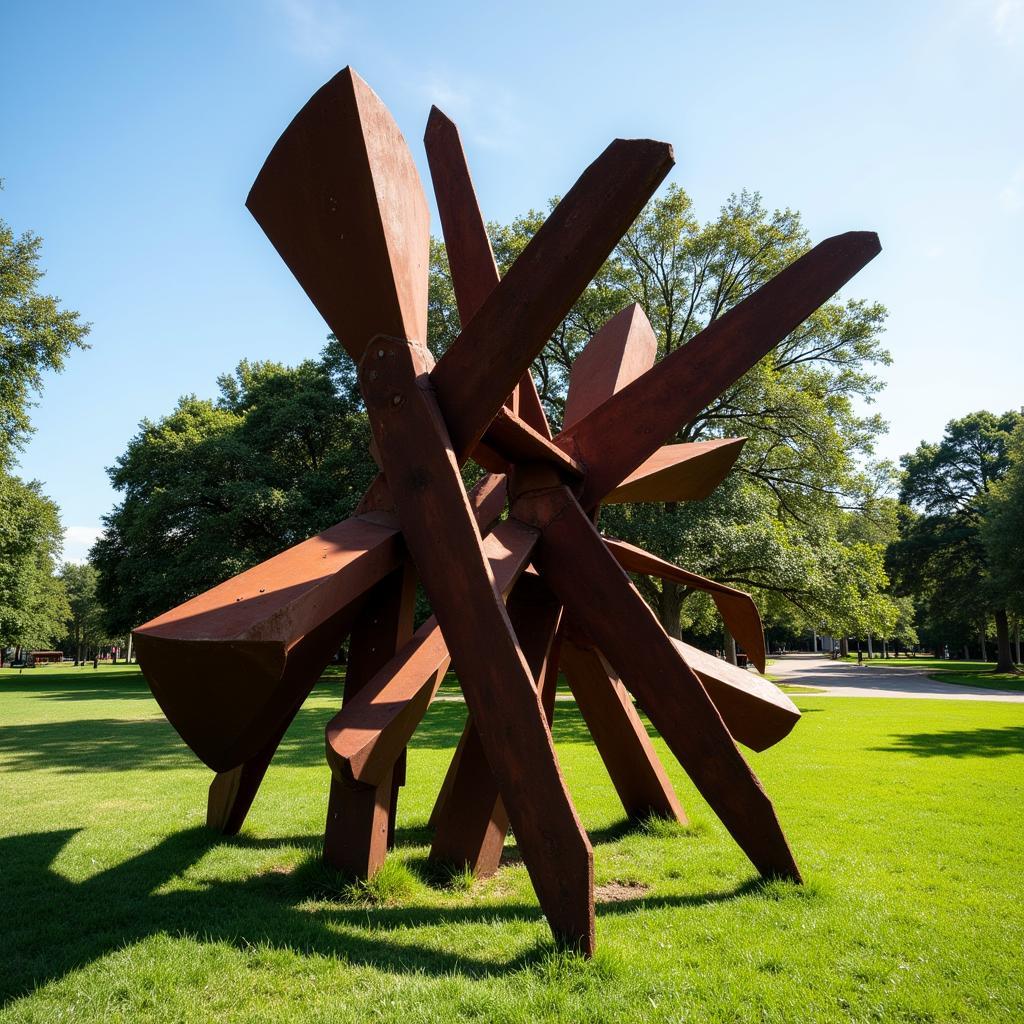Still the Art of Noticing: Cultivating Presence in a Digital World
In today’s fast-paced, digitally driven world, it’s easy to feel overwhelmed and disconnected from the present moment. We’re constantly bombarded with information, notifications, and demands on our attention. Yet, amidst this chaos, the art of noticing remains a powerful tool for cultivating presence, mindfulness, and a deeper appreciation for the world around us. Even as digital artists, constantly pushing the boundaries of creative technology, we sometimes need a reminder to slow down and simply observe. This very act – Still The Art Of Noticing – can unlock a wealth of inspiration and enhance our creative process. This exploration delves into the importance of mindful observation and how we can integrate it into our daily lives, especially within the digital art realm. You can even explore calming art forms, such as those found in zen art and design.
How Can We Practice the Art of Noticing in Our Everyday Lives?
Cultivating the art of noticing is a practice, a conscious decision to engage with our surroundings in a more attentive way. It doesn’t require elaborate rituals or special equipment, but rather a shift in perspective. Start small. Take a few minutes each day to simply observe the world around you without judgment. Notice the subtle details in a flower, the way the light filters through the trees, or the expressions on people’s faces. As you practice, you’ll find that your awareness expands, and you begin to appreciate the beauty and complexity of even the most mundane moments.
What Are the Benefits of Noticing?
The benefits of noticing extend far beyond simply appreciating the beauty of our surroundings. By cultivating present moment awareness, we reduce stress, enhance creativity, and foster a deeper connection to ourselves and the world. This practice also strengthens our observation skills, which are essential for any artist, especially in the digital medium where detail and nuance are paramount. Engaging with stillness can also inspire new ideas and directions for your creative work. Taking a break from the screen and appreciating the natural world can inform your digital creations in unexpected ways, much like appreciating scenery art painting.
Still the Art of Noticing in Digital Art
Integrating the art of noticing into our digital art practice can revolutionize our creative process. By consciously observing the world around us, we gather a rich library of visual and sensory information that we can then translate into our digital creations. This might involve studying the way light interacts with different surfaces, the subtle variations in color and texture, or the intricate patterns found in nature. By bringing this heightened awareness to our digital canvas, we can infuse our work with a greater sense of depth, realism, and emotional resonance. Even finding ways to relax and incorporate mindfulness, as discussed in the art of slowing down, can benefit your artistic process.
How to Use Noticing to Enhance Your Digital Art
One effective technique is to dedicate time specifically for mindful observation before starting a new digital art project. This could involve going for a walk in nature, visiting a museum, or simply spending time in a quiet space, focusing on your senses. As you observe, take notes, sketches, or even photographs to capture the details that catch your attention. You can also incorporate the principle of noticing into your digital workflow itself. Zoom in close on your digital canvas and pay attention to the minute details. Experiment with different brushes, textures, and colors, observing how they interact and create different effects.
 Digital Artist Observing Nature
Digital Artist Observing Nature
Overcoming Challenges and Cultivating Stillness
One of the biggest challenges to practicing the art of noticing is the constant pull of distractions. Our digital devices, social media, and busy schedules can make it difficult to find moments of stillness and quiet contemplation. However, by setting aside dedicated time for noticing, even just a few minutes each day, we can gradually train our minds to become more present and focused. Remember, this is a practice, and like any skill, it requires patience and persistence. Like finding the balance in the art of taking it easy, noticing also requires a conscious effort to prioritize stillness.
Finding Inspiration in Stillness
Another challenge is learning to appreciate the beauty in the ordinary. We often overlook the everyday moments, assuming they are too mundane to be worthy of our attention. However, it is precisely in these seemingly ordinary moments that we can discover the most profound beauty and inspiration. By shifting our perspective and approaching our surroundings with a sense of curiosity and wonder, we can uncover a wealth of creative possibilities. For instance, the minimalist work of Bob Graham art can inspire you to find beauty in simplicity.
 Digital Art Inspired by Nature
Digital Art Inspired by Nature
In conclusion, still the art of noticing is a powerful tool for cultivating presence, enhancing creativity, and fostering a deeper appreciation for the world around us. By consciously choosing to engage with our surroundings in a more mindful way, we can unlock a wealth of inspiration and transform our experience of both the digital and physical realms. Even in our digitally saturated lives, the power of observation remains a key to unlocking our creative potential and enriching our lives.
FAQ
Q: How can I incorporate noticing into my busy schedule?
A: Start small. Dedicate just 5-10 minutes each day to mindful observation. This could be during your commute, lunch break, or before bed.
Q: What if I find it difficult to focus?
A: It’s perfectly normal to have a wandering mind. Gently redirect your attention back to your senses whenever you notice your thoughts drifting.
Q: How can I apply noticing to my creative work?
A: Carry a sketchbook or use your phone to capture details, textures, and colors that inspire you. Refer to these notes when creating digital art.
Q: Is there a wrong way to practice noticing?
A: No. There’s no right or wrong way to practice noticing. The key is to simply be present and observe without judgment.
Q: What are some examples of things to notice?
A: Notice the sounds around you, the textures of objects, the smells in the air, the taste of your food, and the way your body feels.
For further assistance, please contact us at Phone: 02462573573, Email: danteum@gmail.com or visit us at Savico Megamall, 7-9 Đ. Nguyễn Văn Linh, Gia Thụy, Long Biên, Hà Nội 10000, Việt Nam. We have a 24/7 customer support team.


